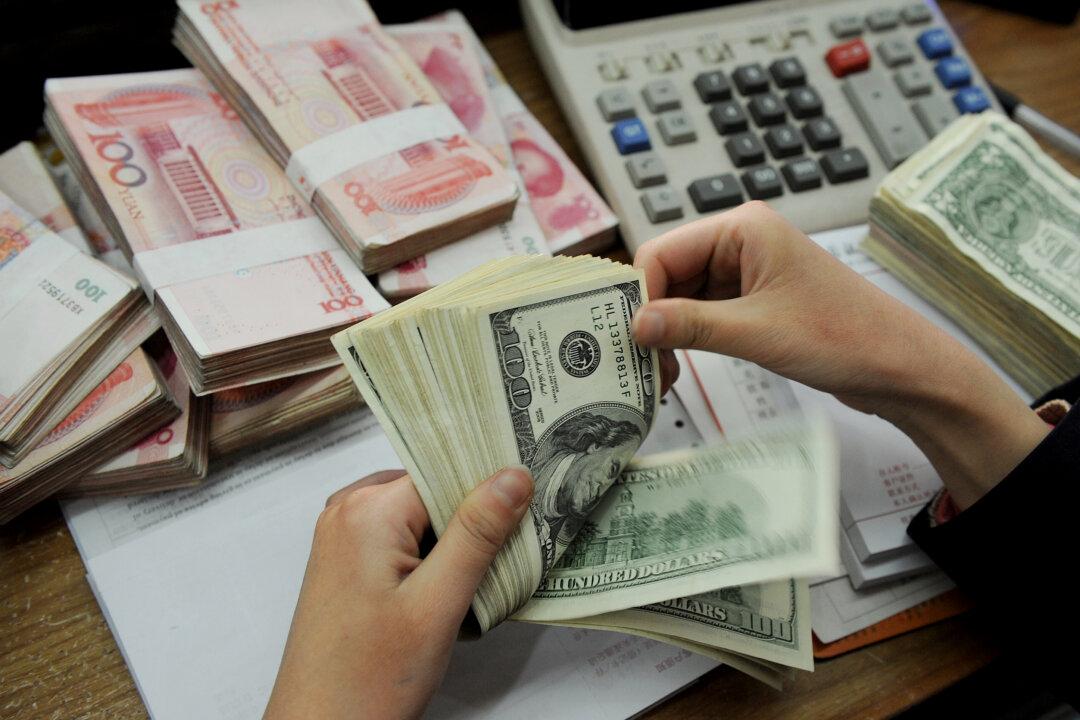Sometimes accounting can hide an issue, sometimes it can bring problems to light. In China’s case of buying and selling U.S. Treasurys through Belgium, we can now see that capital outflows are accelerating.
With the real estate market in decline and loans for productive capacity turning sour, the only outlet left to invest in China is the soaring stock market.





